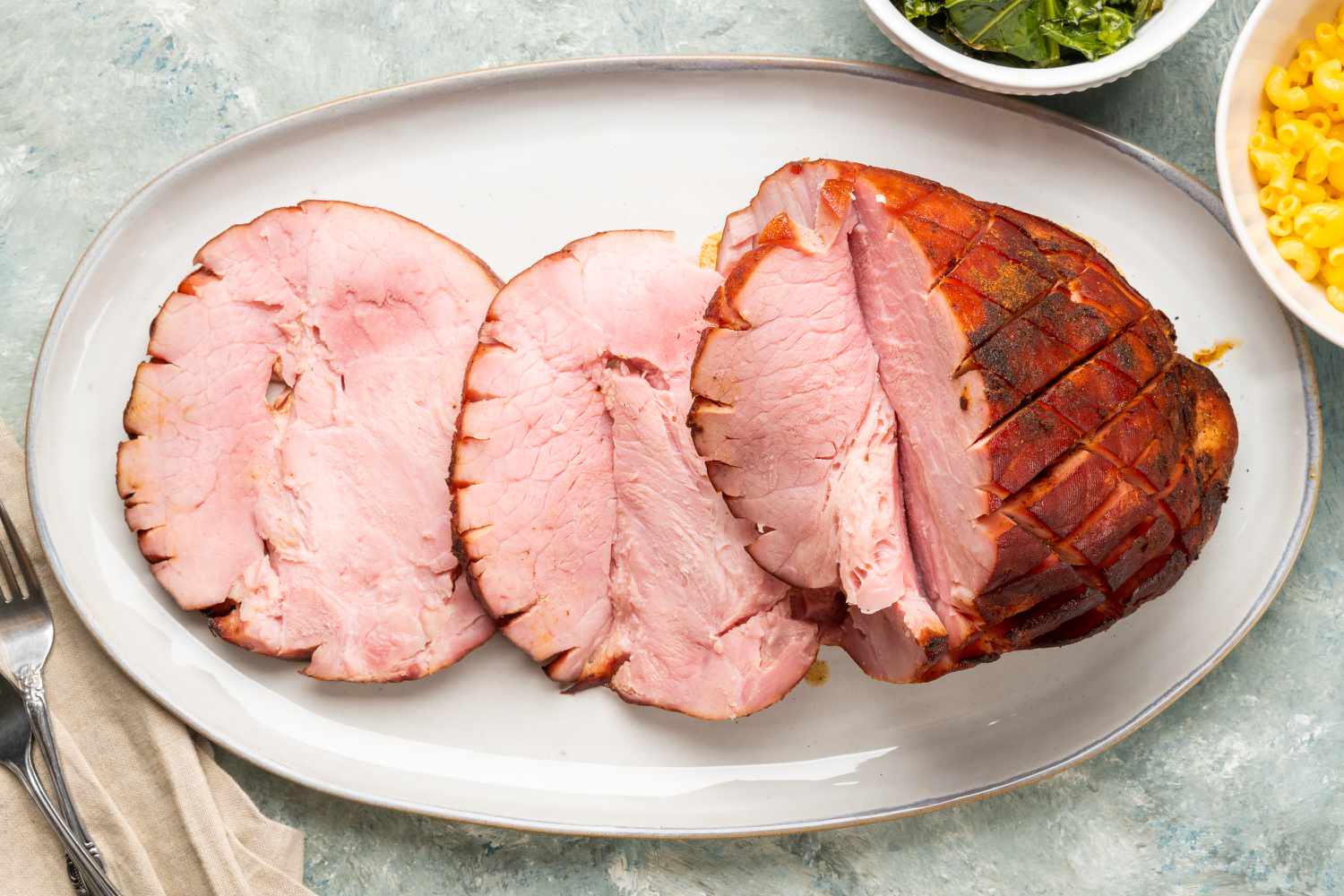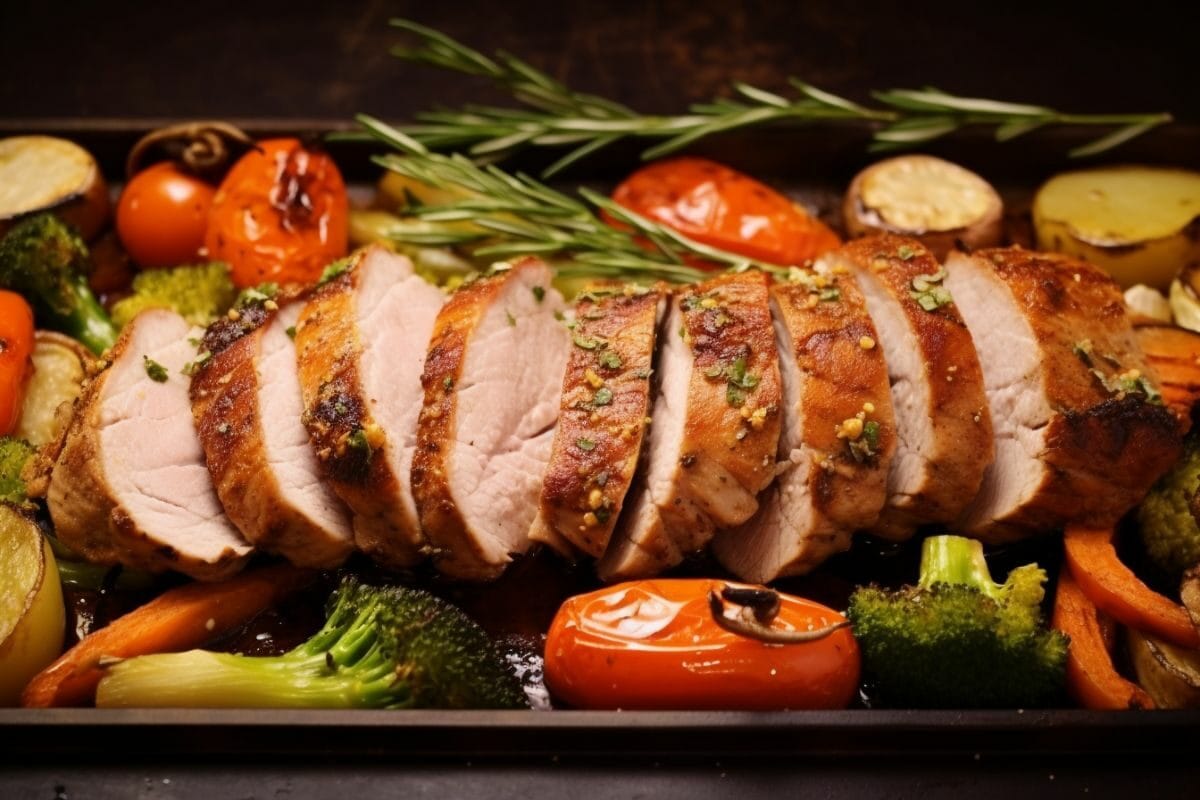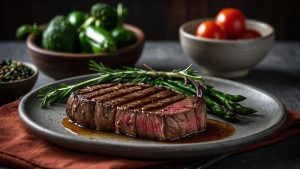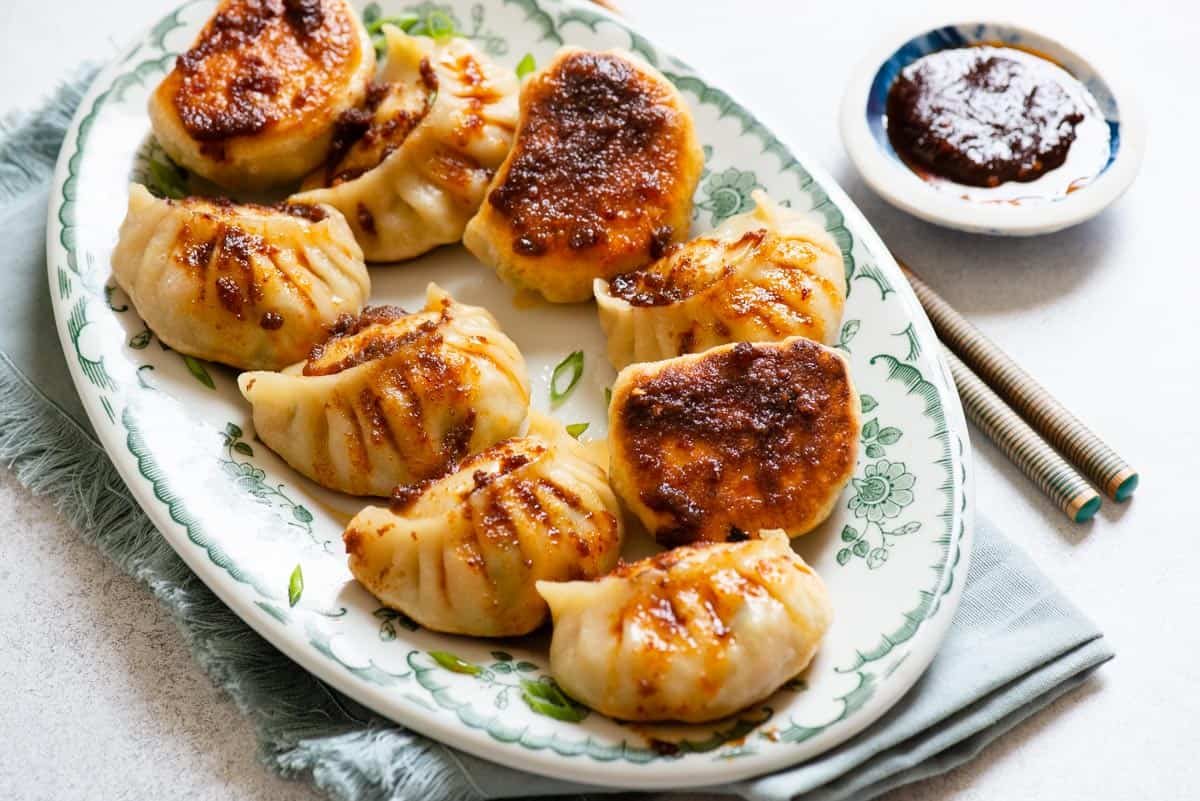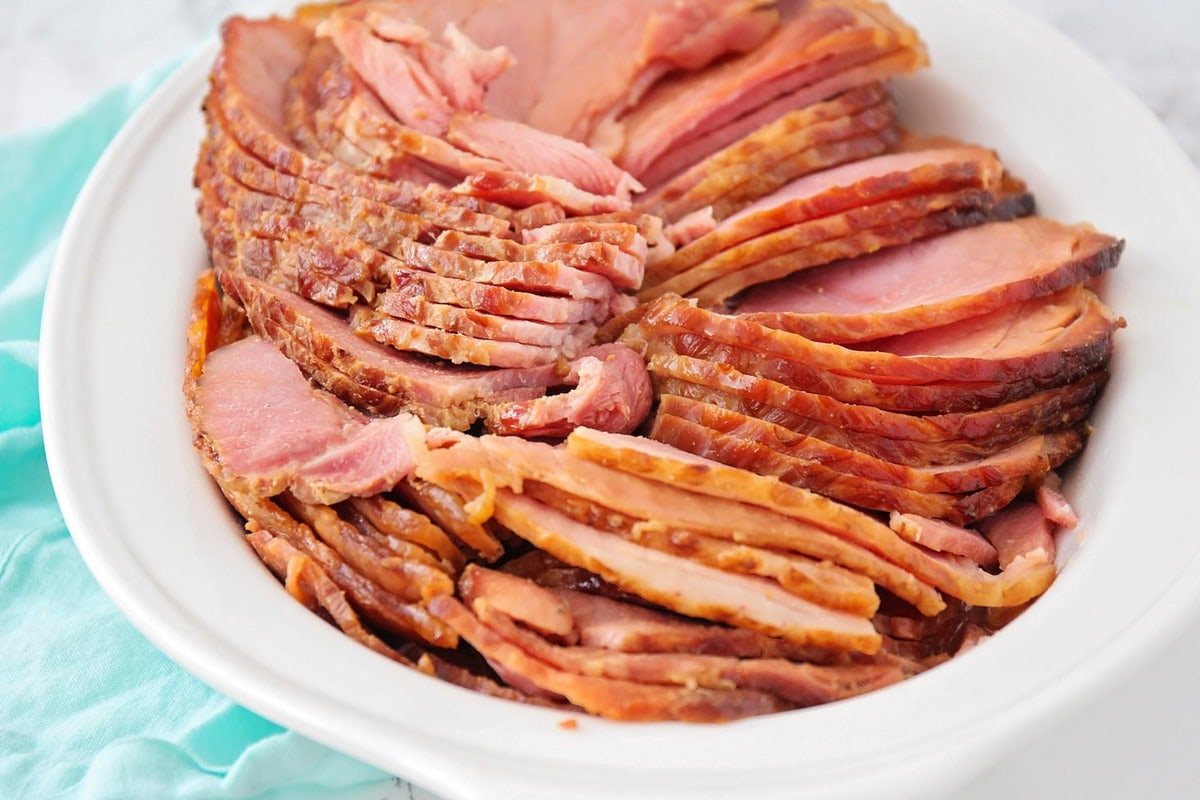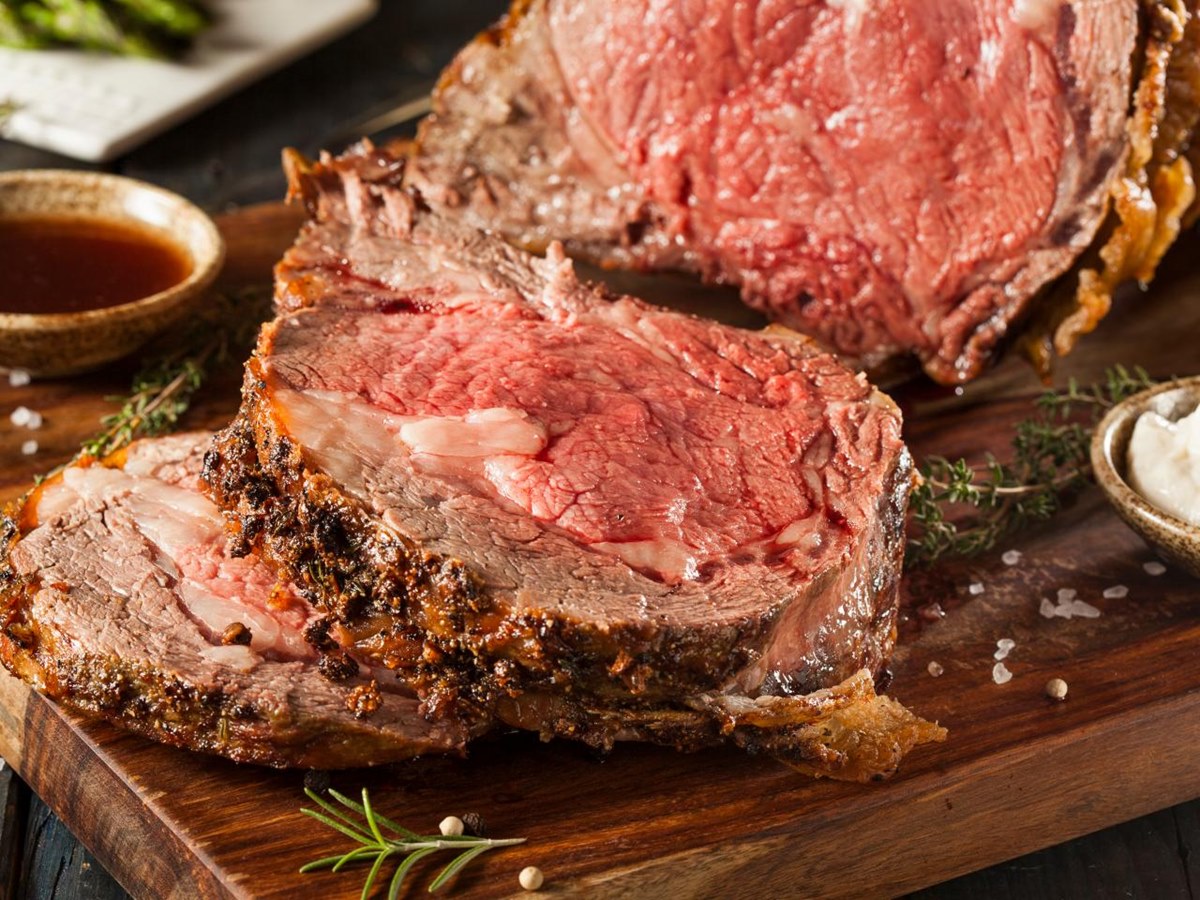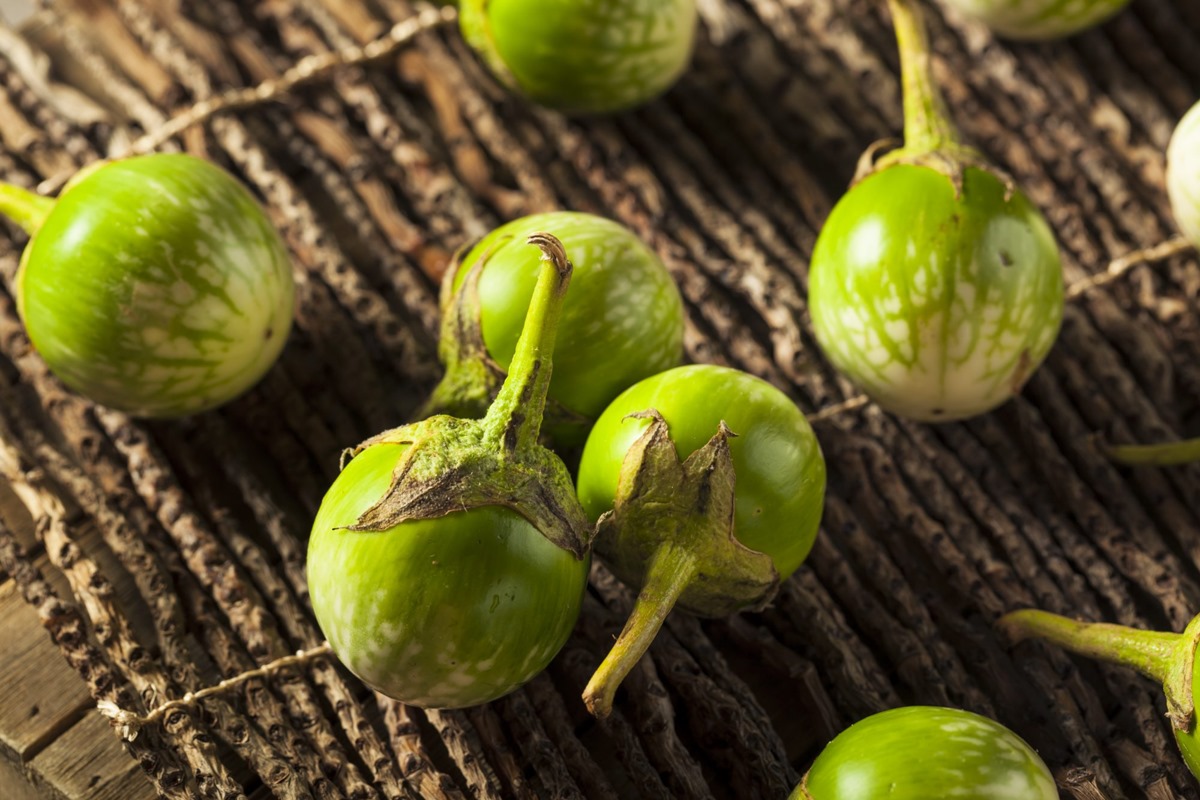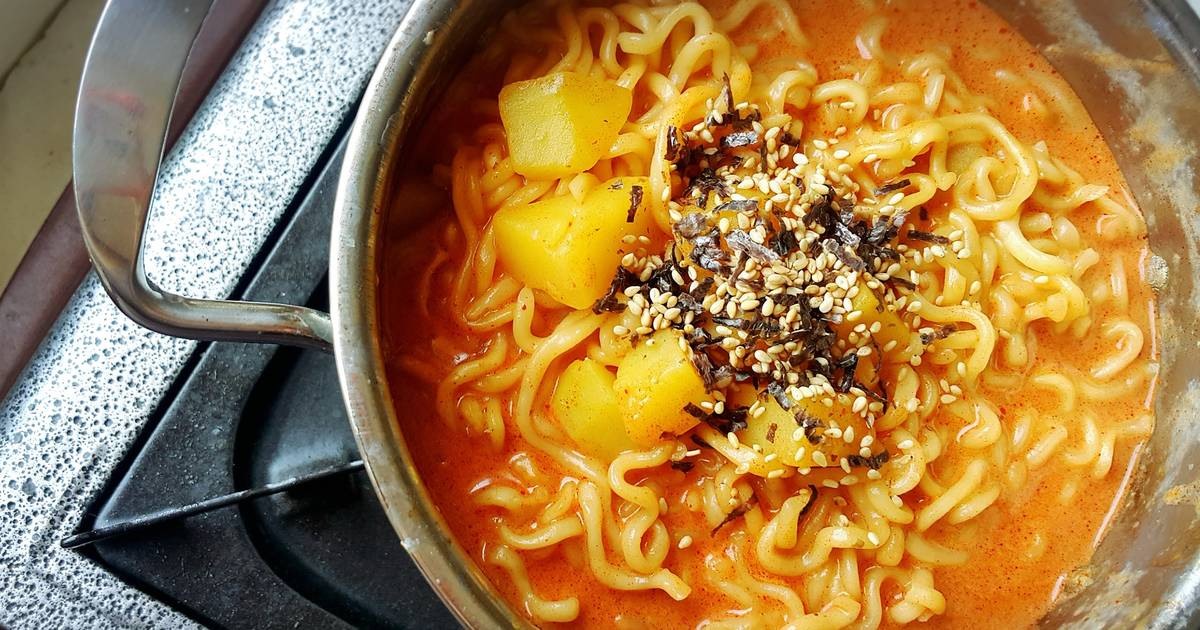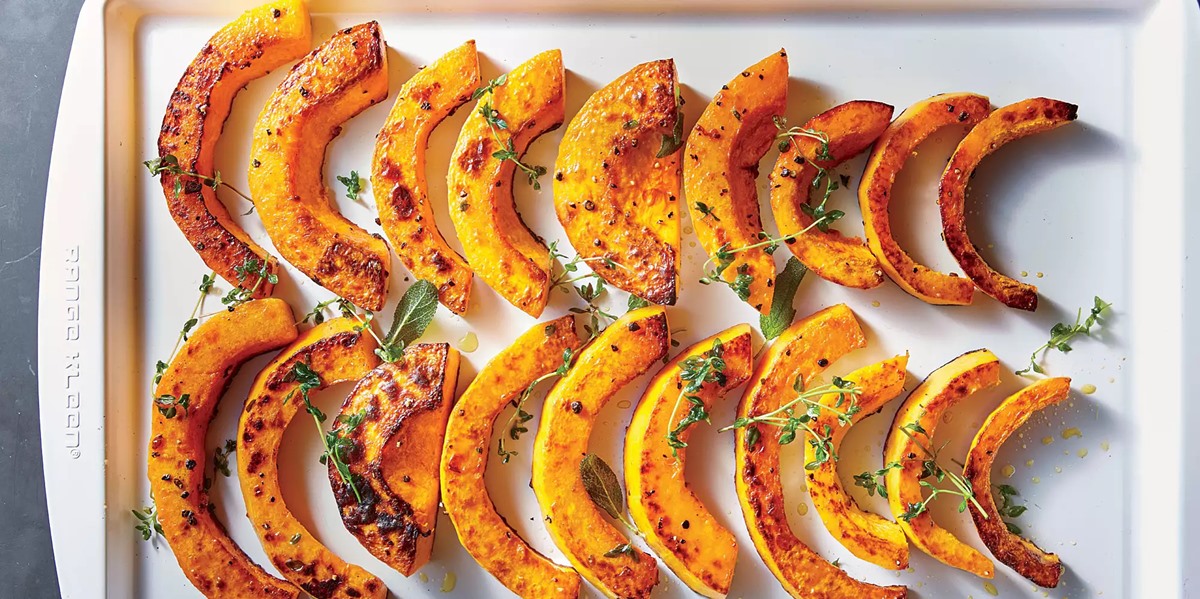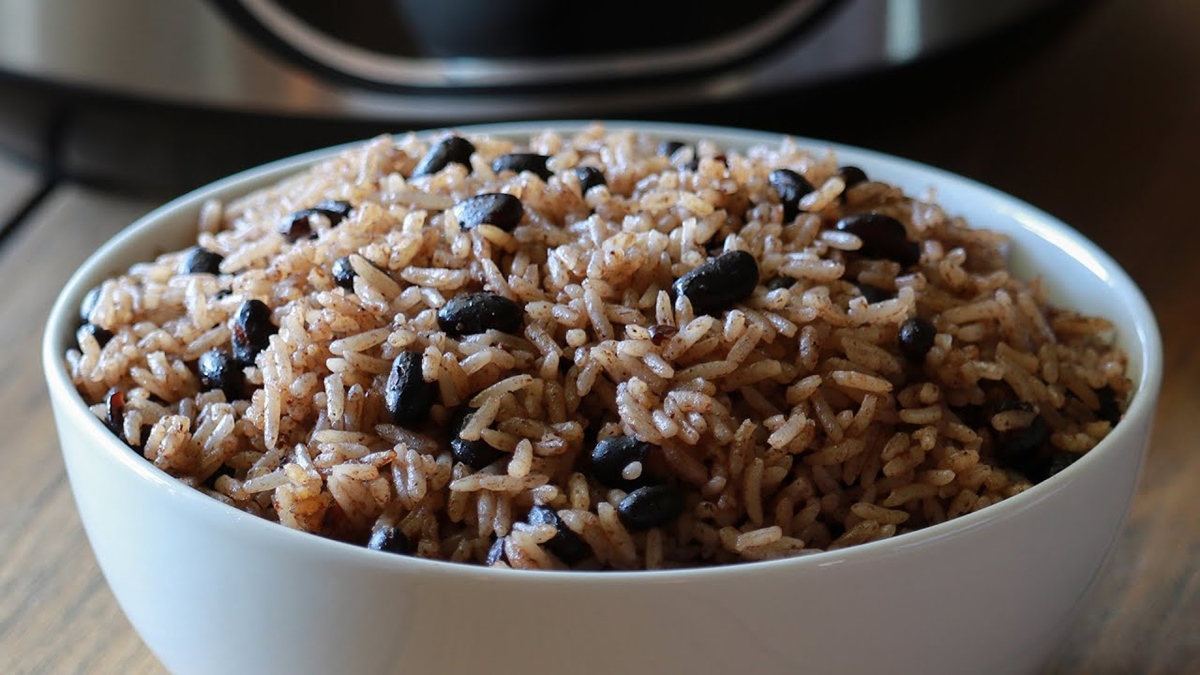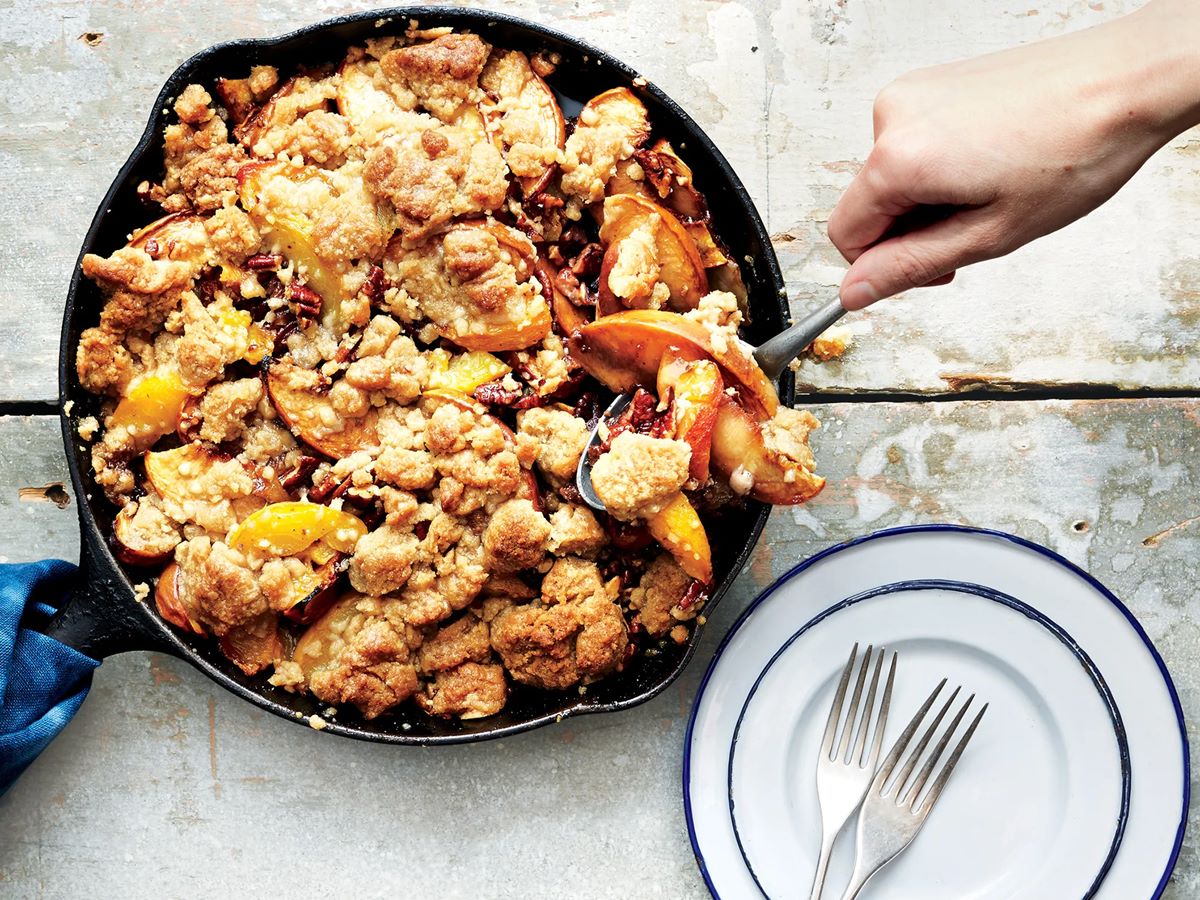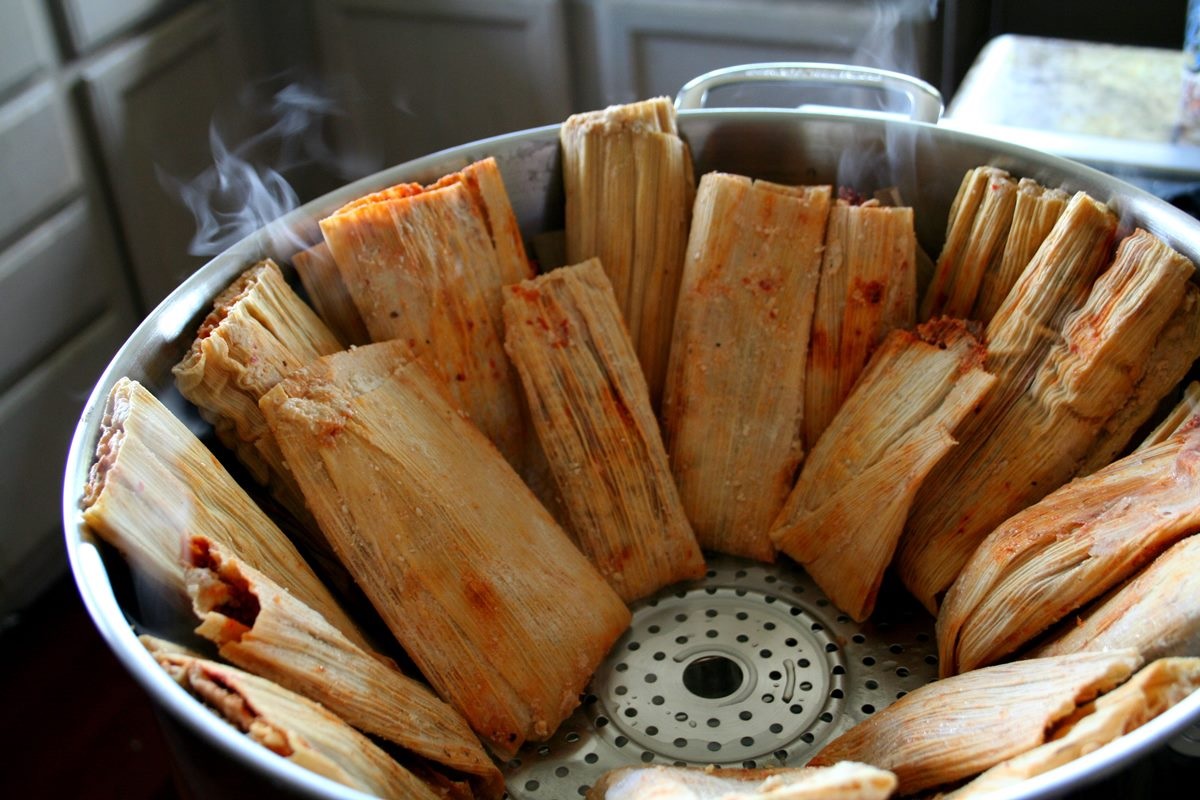Unlocking the Secret to Perfectly Cooked Prime Rib Roast in a Convection Oven
There’s nothing quite like sinking your teeth into a juicy, melt-in-your-mouth prime rib roast. The rich flavors and tender texture make it a showstopper for any special occasion. If you’re lucky enough to have a convection oven, you’re in for a treat. Convection cooking ensures even heat distribution, helping you achieve that perfect medium-rare center and a flavorful crust.
Before You Begin
Before we dive into the cooking process, there are a few essential steps to ensure the best results:
- Choose the right cut: Look for a prime-grade rib roast with marbling throughout. This marbling is what adds flavor and tenderness to the meat.
- Season generously: A prime rib roast calls for bold flavors. Rub the roast with a mixture of kosher salt, freshly ground black pepper, garlic powder, and herbs like rosemary or thyme. Make sure to coat the entire surface.
- Let it rest: Before cooking, let the roast come to room temperature. This step ensures even cooking from edge to edge.
The Cooking Process
Now, it’s time to fire up your convection oven and bring out the full potential of that prime rib roast:
- Preheat the oven: Set your convection oven to 325°F (165°C). The convection feature will ensure the heat circulates evenly.
- Place the roast: Put the seasoned prime rib roast bone-side down on a roasting rack, with the fat cap facing up. This setup ensures air can circulate around the entire roast, promoting even browning.
- Calculate the cooking time: As a general rule of thumb, plan for about 15 minutes of cooking time per pound of meat for a medium-rare roast. However, every oven is different, so it’s crucial to use an instant-read thermometer to monitor the internal temperature.
- Insert the thermometer: Stick the thermometer into the thickest part of the roast, avoiding contact with bone or fat. For a medium-rare doneness, aim for an internal temperature of 135°F (57°C).
- Let it rest (again!): Once the desired temperature is reached, remove the prime rib roast from the oven. Tent it loosely with foil and let it rest for at least 20-30 minutes. This resting period allows the juices to redistribute and results in a more succulent and tender roast.
Serving and Enjoying
Your prime rib roast is now perfectly cooked and ready to be served. Here are a few tips for a memorable dining experience:
- Carve with precision: Use a sharp carving knife to slice the roast against the grain into thick, juicy slices.
- Add flair with accompaniments: Serve your prime rib roast with classic horseradish sauce, au jus, or a tangy mustard sauce to enhance the flavors.
- Pair it perfectly: Consider serving your prime rib roast with sides like creamy mashed potatoes, roasted vegetables, or a fresh green salad for a well-rounded meal.
Conclusion
With the help of your convection oven and these simple steps, cooking a prime rib roast that’s tender, juicy, and bursting with flavors is within your reach. Remember, patience is key, and allowing the roast to rest before carving will make all the difference. So, gather your loved ones, savor each bite, and enjoy the masterpiece you’ve created!
More Ways to Enjoy Prime Rib Roast
After mastering the prime rib roast in your convection oven, why not challenge your culinary skills further with a variety of flavorful recipes? From the Elegant Prime Rib with Red Wine Jus to the intriguing Exotic Coffee Rubbed Prime Rib with Espresso Jus, these recipes offer unique twists to elevate your cooking. The Herbaceous Classic Prime Rib with Garlic Crust is particularly recommended for its aromatic herbs which complement the rich flavors of the meat beautifully. Each recipe is designed to help you utilize your convection oven to its fullest potential, ensuring perfectly cooked rib roasts that are sure to impress at any dining table.
